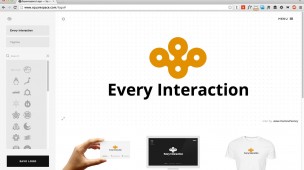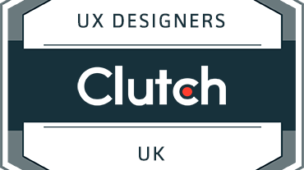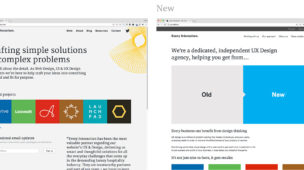There has been some chatter in recent days amongst the design and startup communities on the topic of designers as startup founders. Fuelled partly by Enrique Allen’s recent article.

Here at Every Interaction we are startup focussed, having helped many transition from infancy through to maturity and profitability, becoming shareholders on select projects and also started our own projects/IP becoming entrepreneurs and founders ourselves. We think this unique combination of perspectives puts us in a good place to contribute our two pence.
The designer as founder who stays at a startup for more than 3 years is a rare thing. Creating things is in our DNA. Running things isn’t. — Mark Boulton (@markboulton) January 17, 2012
We agree that not every designer was made to be a founder. Being a ‘product’ person who is objectively focussed enough to know when to compromise and be a great manager are a rare combination of qualities to find in an individual. But they do exist. Often forged by the experience of seeing-through and being involved in many projects both from the inside and out. The ever-increasing quality of web products and services in today’s market means a product with a poor user experience cannot compete and an excellent user experience is key to success. It’s just expected. Whether a business can always justify a full-time in-house designer is another question. Often these responsibilities can be fulfilled by external UE Design experts (ahem, such as ourselves) who specialise in helping startups get off the ground, develop and succeed. This can often work out more cost-effective than trying to find a designer either as a co-founder or full-time.
At the opposite end of the scale some businesses have a need for a large dedicated design team in-house at all times, but this level of requirement exists only once a product is proven successful and/or is very well-funded. Not all startups are lucky enough to find themselves in this position in their earlier years. The term ‘founder’ can mean many things, and does not necessarily mean tied to work at a company full-time, forever. To found something simply means you have the passion and drive to be one of the people to make the idea happen. Anyone creative who has a desire to build things will inevitably eventually want to move onto other projects, designer or not.
Some see the only way to fulfil their creative desires to work on a variety of projects is through client work at agencies. But sitting on both sides of the fence we get to see the benefits of both and understand the greatest passion can come from having a sense of ownership with a product. This is why we will sometimes consider a work-for-shares deal for part of the fee to get startups off the ground, making us ongoing value-added shareholders/consultants, whilst continuing to deliver paid design work for the same client (now a partner).

As part of founding a company the goal is to get that business up, running and profitable. Once this has been achieved you can define the rulebook on how the business (and design) should be run, leaving you the freedom to either stay and manage this yourself (by hiring skilled but possibly junior people to do the day-to-day for you), or go and do it all over again with a new idea. Having had the passion to start a project you’ll forever be connected, wanting to contribute when important decisions need to be made, but if you want to cut all ties this is always possible. There definitely used to be an agency-based snobbery of looking down upon those considered to have fewer opportunities in their career to be creative, stuck in a “client-side job”. We were all guilty and there were certainly true examples.
But times have changed and more creative opportunities can often be found outside of agencies bringing with it a new breed of entrepreneurial designers, who may very well make suitable founders. Not to bad-mouth agency based client work as this is our core business and we love very minute of it, there are just other options out there to achieve the same level of creative fulfilment and being a startup founder is a great place to look. Here’s a great list of successful start-ups all founded by designers.
As more and more startups realise the value of User Experience Design we hope that our industry will grow. Also the number of designers involved directly with startups as founders of shareholders continue to expand helping take the next generation of products and service we all use to a new level of quality.


